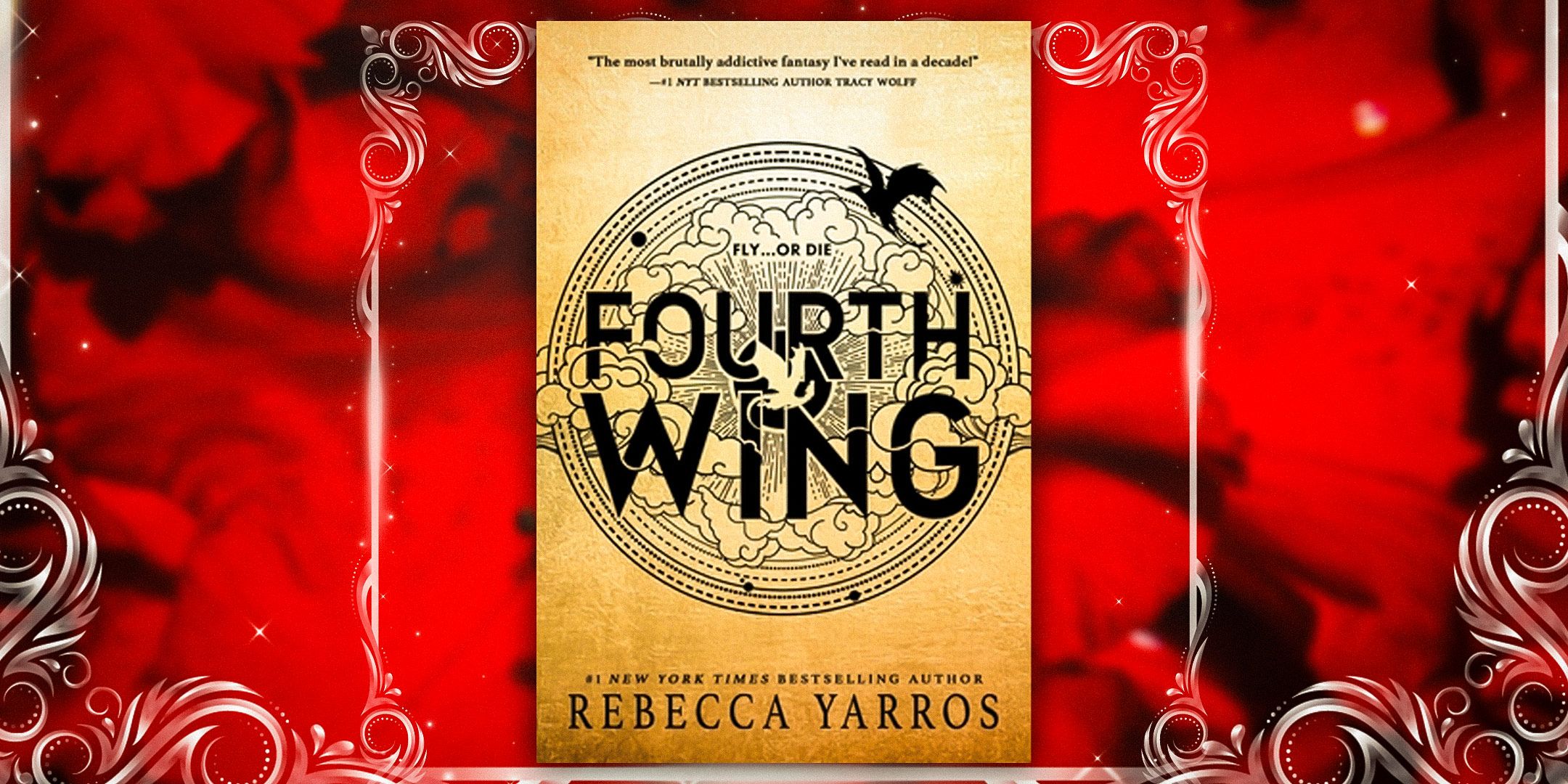Persona 5 X Persona 3: Teaser Sparks Global Release Rage!

The short animated preview for the collaboration between Persona 5 and Persona 3 has sparked strong feelings among fans. The visuals appear to draw upon the richness of the series, with bright colors, distinctive character designs, and eye-catching style that fans have grown fond of. The teaser begins with a mysterious monologue about destiny and fate, creating a captivating introduction. However, as anticipation grows with each passing second, viewers move from joy to concern because of the uncertainty about whether it will be available outside Japan. As one fan bluntly stated, “They’re messing with me. They know they won’t release the game here in the U.S.” The mixture of excitement and disappointment is palpable in posts as fans carefully examine every frame. Ultimately, the dominant sentiment is frustration—a blend of wonder and anger that this content might never reach shores beyond Japan.

